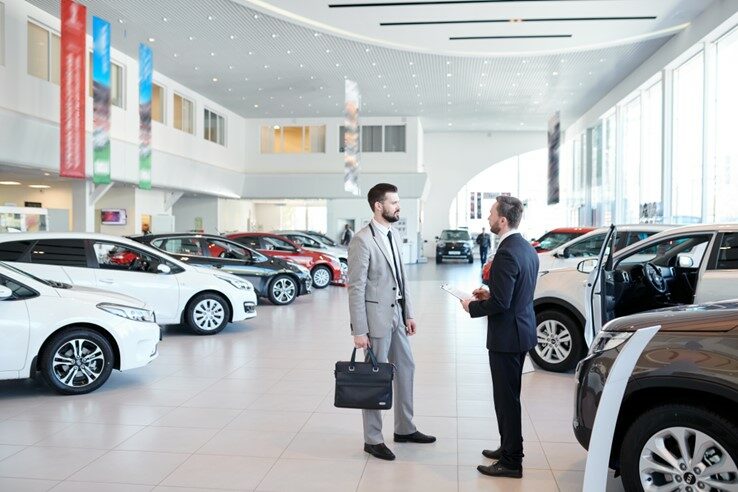Before making your decision about purchasing or leasing a new car, there are a few things you should take into account. Your financial situation and driving habits must also be taken into account when making this personal choice.
If you don’t mind spending some extra cash up front, buying your next vehicle could be the better option. On the other hand, if you want to drive the latest models without worrying about a down payment, leasing might be your best bet.
1. Lower Monthly Payments
Leasing offers lower monthly payments than buying a car, which may be appealing to those who don’t want to commit a large financial commitment up front. However, you should take into account all of the additional fees and restrictions associated with leasing.
For instance, if you lease a $20,000 vehicle at $249 per month for 36 months with $3,499 due at signing, the total cost will be $10,464. Compare that to taking out a loan on the same car at $11,214.
2. No Down Payment
A down payment can be a significant barrier for many buyers. A no down payment loan, however, provides eligible borrowers with the funds they need to purchase a home.
When selecting whether to lease or buy, it’s essential to take into account your personal priorities and lifestyle. One option may be better suited for you than another depending on these variables.
3. No Maintenance Costs
Leasing can be an attractive option for drivers with stable lifestyles who take good care of their cars. On the contrary, leasing may not be suitable for those wishing to customize their vehicles or drive a great deal of miles.
Leasing a car can come with maintenance costs, but these are usually limited to oil changes and other standard services. Furthermore, some leases have budget maintenance provisions which enable the dealer to deduct certain expenses from your account each month.
4. No Upkeep Costs
Leasing a car can be an excellent way to get behind the wheel of a newer model at less expense. However, it’s essential to remember that leasing isn’t suitable for everyone.
Leasing offers the benefit of not needing a large down payment and only paying tax on what value of vehicle you actually use – meaning you save half the amount it would cost to buy the same car outright.
5. No Maintenance Restrictions
Lease car maintenance restrictions differ from purchasing one, as leasing a car comes with special benefits like an extended warranty that covers major repairs and replacements for the duration of your lease.
Other advantages of leasing include a low monthly payment and straightforward trade-in policy. Leasing may not be suitable for everyone, but it’s an excellent way to test the waters before you commit to purchasing a new car. Plus, by shopping around you can potentially negotiate better terms on your next vehicle purchase.
6. You Get to Drive a New Car Every Two or Three Years
Two or three year car leases are ideal for people who enjoy driving new vehicles. It’s an economical way to take advantage of modern features and technology, such as safety upgrades.
However, leasing has its drawbacks as well. Most leases come with mileage limits which can be an inconvenience if you like to drive often or take long road trips. If you exceed that limit, you’ll be charged for every mile over that amount.
7. You Don’t Have to Worry About the Future Value of Your Car
One major advantage of leasing a car is not having to worry about its future value. This can be especially advantageous for people who frequently upgrade their vehicles every two or three years.
When you purchase a car, the full purchase price plus depreciation and finance charges must be paid in full. That means you don’t receive any of the car’s actual value back at the end of your loan; it has already been depleted.
On the contrary, when you lease a car, you pay only for its expected depreciation during its term and monthly interest and fees. This eliminates any need to worry about its future value if you sell or trade your vehicle at the end of your lease.

